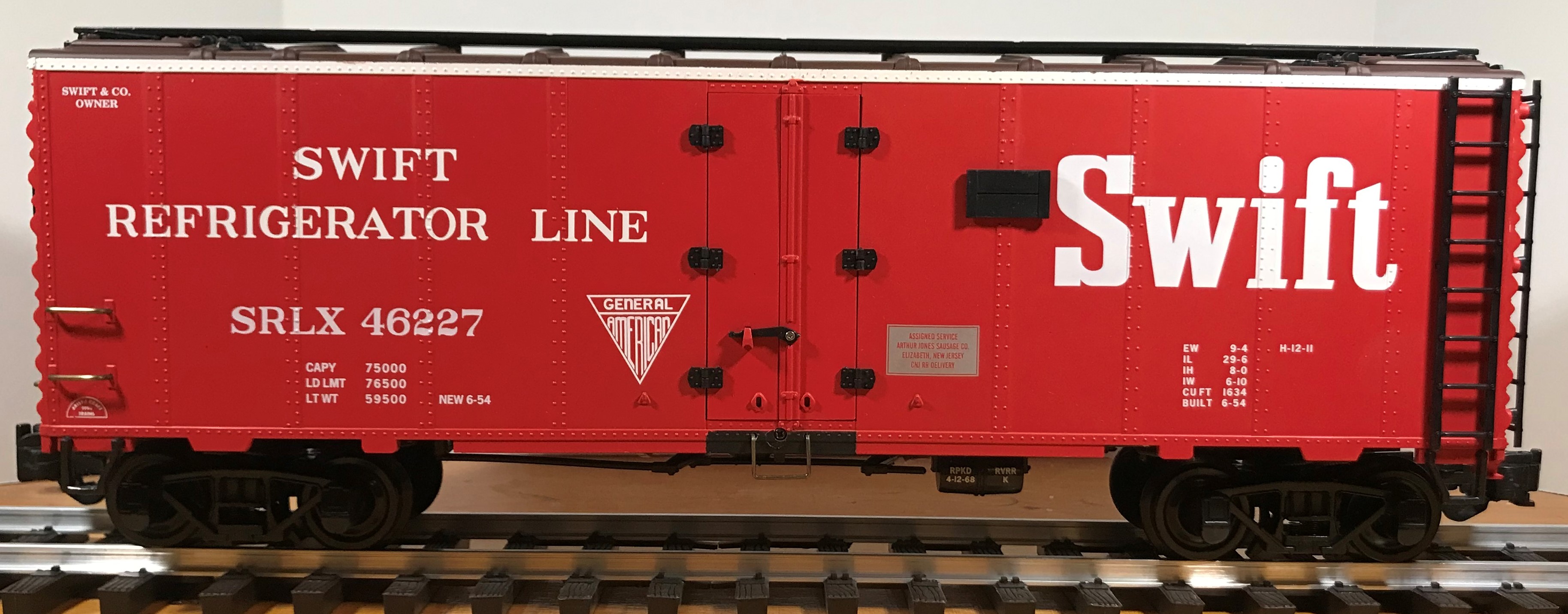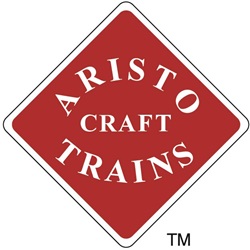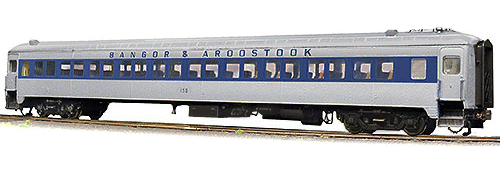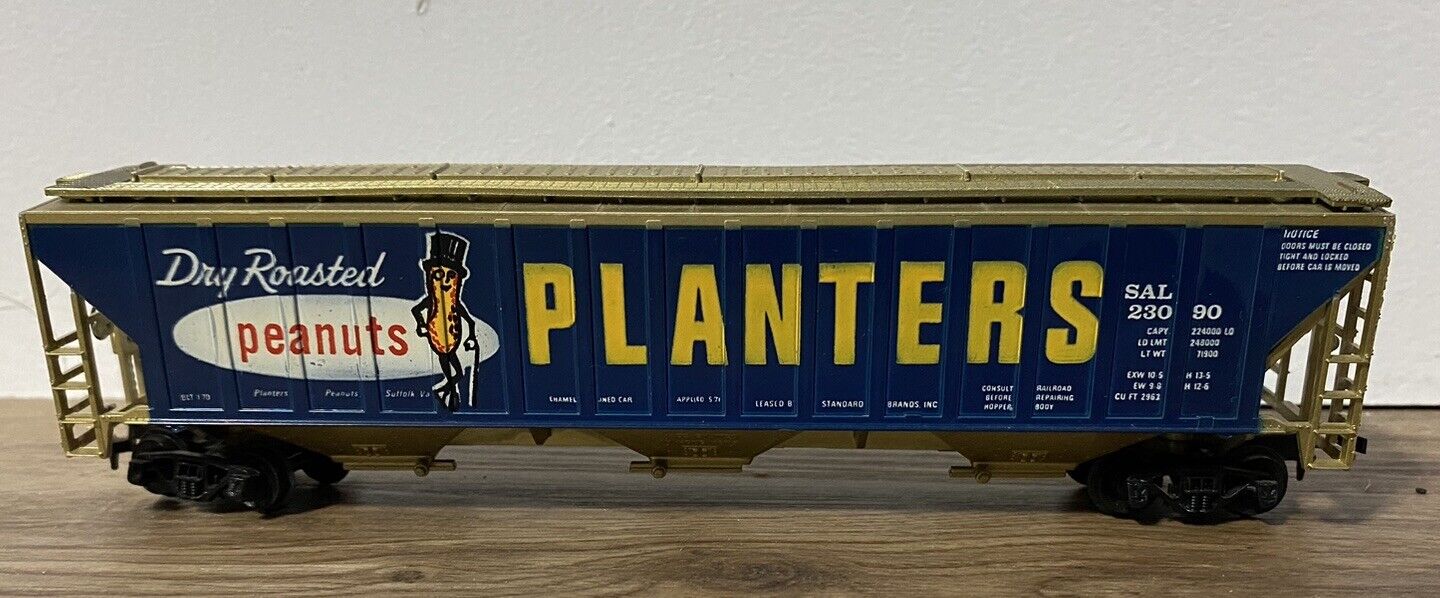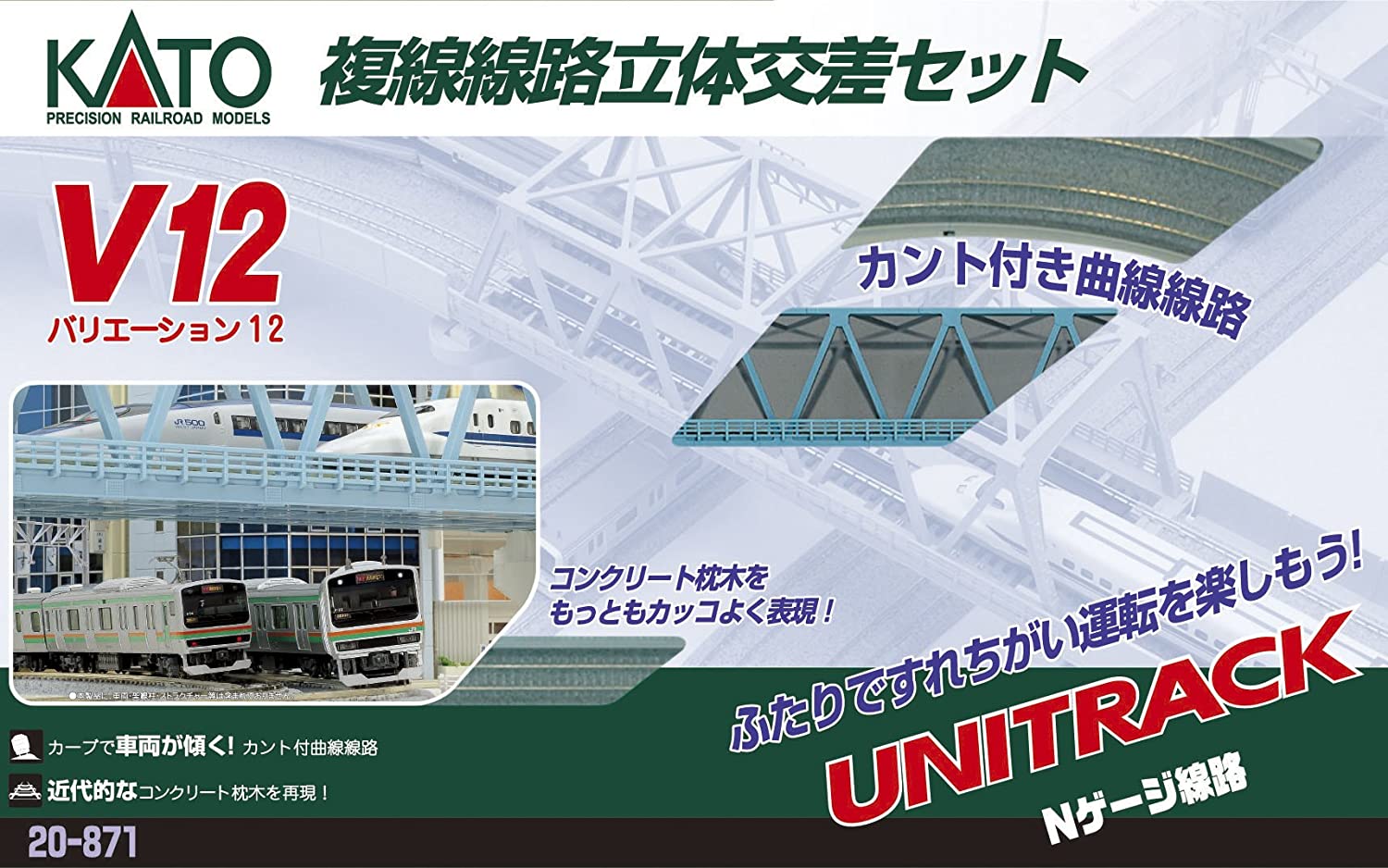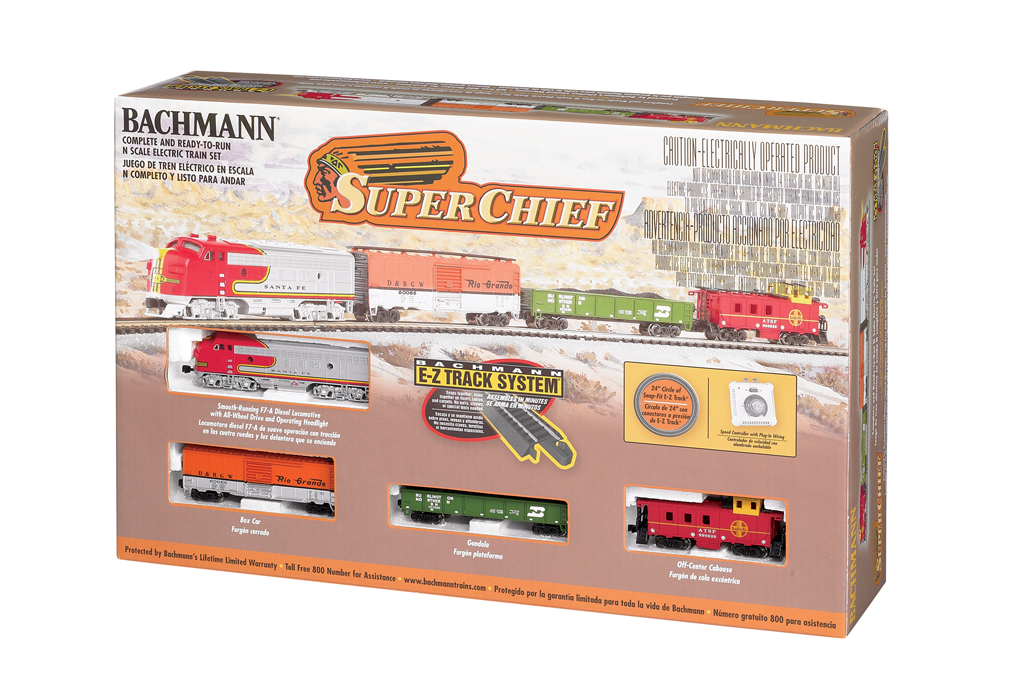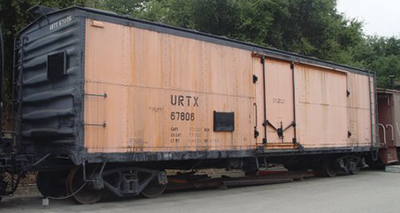Manufacturer Information: Aristo-Craft Trains, initially called Aristo-Craft Distinctive Miniatures, was founded in 1935 by Nathan and Irwin Polk in Newark, New Jersey. Initial offerings included models and building kits in HO and 'O' gauges. Some early Aristo-Craft HO products were made by Pocher of Italy and Faller Brothers of Germany. While the boxes and labeling for the building kits were printed in English, many of the signs and markings on the building parts themselves were actually in German. From 1948 to the end of the 1950's all distribution of Rivarossi products in the United States was handled Aristo-Craft HO gauge Central Pacific RR Casey Jones 4-6-0 10-wheeler made in Japan by New One Model Co. circa 1958exclusively by the Polk Brothers out of New York City. Aristo-Craft also offered a line of HO ready-to-run steam locomotives produced in Japan by The New One Model Company in the late 1950's early 1960's. Aristo-Craft eventually became famous for producing the largest selection of G gauge products in that market. The G gauge evolved from the 1 gauge which was first used in Europe and England by toy train manufacturers in the early 20th century. G gauge trains were typically in the scale of 1:32 (⅜" to the foot), with the consistent aspect being 45 mm (1.772 in). The Aristo-Craft trains were highly detailed, well built and sturdy performers.
Manufacturer Information: United States
Manufacturer Information: Aristo-Craft
Prototype Information: A refrigerator car (or “reefer”) is a refrigerated boxcar (US) or van (UIC), a piece of railroad rolling stock designed to carry perishable freight at specific temperatures. Refrigerator cars differ from simple insulated boxcars and ventilated boxcars (commonly used for transporting fruit), neither of which are fitted with cooling apparatus. Reefers can be ice-cooled, come equipped with any one of a variety of mechanical refrigeration systems, or utilize carbon dioxide (either as dry ice, or in liquid form) as a cooling agent. Milk cars (and other types of “express” reefers) may or may not include a cooling system, but are equipped with high-speed trucks and other modifications that allow them to travel with passenger trains.
By the 1940's, new reefers were being built entirely of steel. Insulating techniques improved to the point where economical refrigeration could be accomplished using steel side plates in place of wood sheathing. Cars with steel roofs and sides were more durable and required fewer repairs.
The General American Transportation Corporation built several 40' steel reefer for the Union Refrigerator Transit Line (URTX) from the late 1940's into the 1950's.
This reefer was 40' long & weighted 61,500 lbs. The car is a steel bodied reefer with iced bunkers at each end. These ice bunkers hold 10,400 lbs. of chunk ice or 11,500 lbs. of crushed ice. Ice stations were located every 100-150 miles along the railroads main line to replace the melted ice. In the winter, charcoal heaters could be placed in the bunkers to keep the cargo from freezing. Fans are located in the floor at each end to circulate air and keep an even temperature throughout the car. Typical cargo would be fresh fruit, vegetables or eggs.
American Car & Foundry (ACF Industries) also built 40' reefer for several companies.
By the 1940's, new reefers were being built entirely of steel. Insulating techniques improved to the point where economical refrigeration could be accomplished using steel side plates in place of wood sheathing. Cars with steel roofs and sides were more durable and required fewer repairs.
The General American Transportation Corporation built several 40' steel reefer for the Union Refrigerator Transit Line (URTX) from the late 1940's into the 1950's.
This reefer was 40' long & weighted 61,500 lbs. The car is a steel bodied reefer with iced bunkers at each end. These ice bunkers hold 10,400 lbs. of chunk ice or 11,500 lbs. of crushed ice. Ice stations were located every 100-150 miles along the railroads main line to replace the melted ice. In the winter, charcoal heaters could be placed in the bunkers to keep the cargo from freezing. Fans are located in the floor at each end to circulate air and keep an even temperature throughout the car. Typical cargo would be fresh fruit, vegetables or eggs.
American Car & Foundry (ACF Industries) also built 40' reefer for several companies.
Road/Company Information: 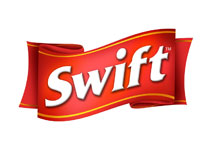 The Swift Refrigerator Line (SRL, also known as the Swift Refrigerator Transportation Company) was a private refrigerator car line established around 1875 by Chicago meat packer Gustavus Swift, the founder of Swift and Company. Ad for the line from 1921. Shows sample Swift cars at the top and a map of the distribution locations.
The Swift Refrigerator Line (SRL, also known as the Swift Refrigerator Transportation Company) was a private refrigerator car line established around 1875 by Chicago meat packer Gustavus Swift, the founder of Swift and Company. Ad for the line from 1921. Shows sample Swift cars at the top and a map of the distribution locations.
Swift hoped to develop an alternative to transporting live cattle across the Midwest. He experimented by moving dressed (cut) meat using a string of ten boxcars which ran with their doors removed, and made a few test shipments to New York during the winter months over the Grand Trunk Railway (GTR). The method proved too limited to be practical.
In 1878, Swift hired engineer Andrew Chase to design a ventilated car that was well-insulated, and positioned the ice in a compartment at the top of the car, allowing the chilled air to flow naturally downward. The meat was packed tightly at the bottom of the car to keep the center of gravity low and to prevent the cargo from shifting. Chase's design proved to be a practical solution to providing temperature-controlled carriage of dressed meats, and allowed Swift & Company to ship their products all over the United States, and even internationally, and in doing so radically altered the meat business.
The General American Transportation Corporation (GATX) assumed ownership of the line in 1930.
From Wikipedia

Swift hoped to develop an alternative to transporting live cattle across the Midwest. He experimented by moving dressed (cut) meat using a string of ten boxcars which ran with their doors removed, and made a few test shipments to New York during the winter months over the Grand Trunk Railway (GTR). The method proved too limited to be practical.
In 1878, Swift hired engineer Andrew Chase to design a ventilated car that was well-insulated, and positioned the ice in a compartment at the top of the car, allowing the chilled air to flow naturally downward. The meat was packed tightly at the bottom of the car to keep the center of gravity low and to prevent the cargo from shifting. Chase's design proved to be a practical solution to providing temperature-controlled carriage of dressed meats, and allowed Swift & Company to ship their products all over the United States, and even internationally, and in doing so radically altered the meat business.
The General American Transportation Corporation (GATX) assumed ownership of the line in 1930.
From Wikipedia
Brand/Importer Information: Aristo-Craft Trains, initially called Aristo-Craft Distinctive Miniatures, was founded in 1935 by Nathan and Irwin Polk in Newark, New Jersey. Initial offerings included models and building kits in HO and 'O' gauges. Some early Aristo-Craft HO products were made by Pocher of Italy and Faller Brothers of Germany. While the boxes and labeling for the building kits were printed in English, many of the signs and markings on the building parts themselves were actually in German. From 1948 to the end of the 1950's all distribution of Rivarossi products in the United States was handled Aristo-Craft HO gauge Central Pacific RR Casey Jones 4-6-0 10-wheeler made in Japan by New One Model Co. circa 1958exclusively by the Polk Brothers out of New York City. Aristo-Craft also offered a line of HO ready-to-run steam locomotives produced in Japan by The New One Model Company in the late 1950's early 1960's. Aristo-Craft eventually became famous for producing the largest selection of G gauge products in that market. The G gauge evolved from the 1 gauge which was first used in Europe and England by toy train manufacturers in the early 20th century. G gauge trains were typically in the scale of 1:32 (⅜" to the foot), with the consistent aspect being 45 mm (1.772 in). The Aristo-Craft trains were highly detailed, well built and sturdy performers.
Item created by: Bert4449 on 2021-09-17 23:35:16. Last edited by Bert4449 on 2021-09-17 23:49:17
If you see errors or missing data in this entry, please feel free to log in and edit it. Anyone with a Gmail account can log in instantly.
If you see errors or missing data in this entry, please feel free to log in and edit it. Anyone with a Gmail account can log in instantly.


